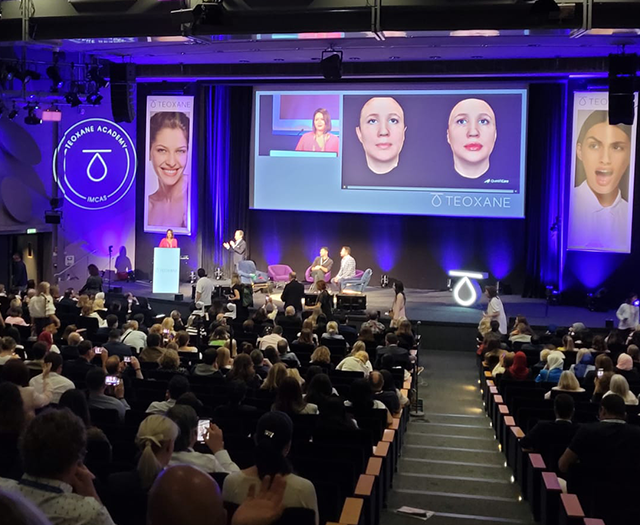Powering your PowerPoint with 3D photography
Those 3 words we are often not longing to hear….Power..Point..Presentation. We’ve all been there: text too small to read, long lists of highly forgettable bullet points, poor 2D images…You couldn’t wait for it to be over. Yet, it is possible to be stimulating and have a memorable impact – take TED talks, for example. So, how do you put your PowerPoint presentation a cut above the rest? A key element is visuals. Images are processed by the brain 60,000 times faster than text.1 According to Dr. Lynell Burmark, Ph. D, an expert on visual literacy, “Words are processed by our short-term memory … Images, on the other hand, go directly into long-term memory where they are indelibly etched.” 2 Images, then, will not only clarify and reinforce presentation content but also make it more memorable. However, not all images are equal.
When grabbing an audience’s attention, 3D photography is a gold standard choice for any presentation, instantly making it more interactive and captivating. They are headand-shoulders above 2D: in aesthetic medicine they are more life-like and relatable, provide better visibility of any volume changes and show injected areas with precision…
How 3D imagery helps craft impactful presentations
Let’s look at some general tips and how 3D photography can make a real difference:
Some Top Tips:
– Tailor to your audience + stick to your message
– Use less text, more images
– Animate to stimulate. High-quality, moving images/GIFs keep the audience interested. With the LifeViz® app, effortlessly export a GIF of your 3D cases. Your audience can view the whole face/specific areas in a clear, informative, and engaging way
– Show progress: the LifeViz® app provides premium 3D images and ingenious tools, allowing your audience to see results: a slider for Before/After images, a volume assessment tool (to demonstrate and quantify injected areas), a measurement tool for comparisons… Capture your audience’s attention with meaningful, memorable data.
– Get interactive: ask questions like « Where do you think the patient was injected? » and « How many fillers were injected in this area? » Reveal and anchor those answers using LifeViz® app 3D images.
Some no-nos:
– Not tailoring to your audience
– Including too much information + illegible text
– Using low quality images. A discerning audience may “disconnect” if images are badly cropped, poorly lit, and not comparable. Having results that are unclear and difficult to visualize may undermine the validity of your entire presentation. Premium 3D images using the LifeViz® app solve this.
– Having no interaction with the audience may switch them off. LifeViz® app premium 3D images help you to create a valuable connection.
– Too many special effects can be confusing and reduce the impact of your message. 3D images and videos speak for themselves.
LifeViz® solutions,for the only 3D premium range on the market
The LifeViz® Pro range for face and body has already a proven track record in providing premium 3D imagery solutions. Their latest addition, the LifeViz® Mini Pro, continues to demonstrate this level of excellence: Wifi image transfer, AI-powered software, premium hybrid camera, streamlined workflow…
For those “dreaded” PowerPoint presentations, premium 3D images really are a gamechanger. With LifeViz® 3D solutions at your fingertips, you’ll have everything you need to drive home your point in a memorable way, enhance your delivery, and help hit the sweet spot in generating audience interest. Be TED talk ready with LifeViz®.
1. Harris Eisenberg, Humans Process Visual Data Better, 2014 https://www.tsciences.com/news/humans-process-visual-data-better
2. Dr. Lynell Burmark, Ph.D. (Stanford University) Associate at the Thornburg Center for Professional Development and an expert on visual literacy

